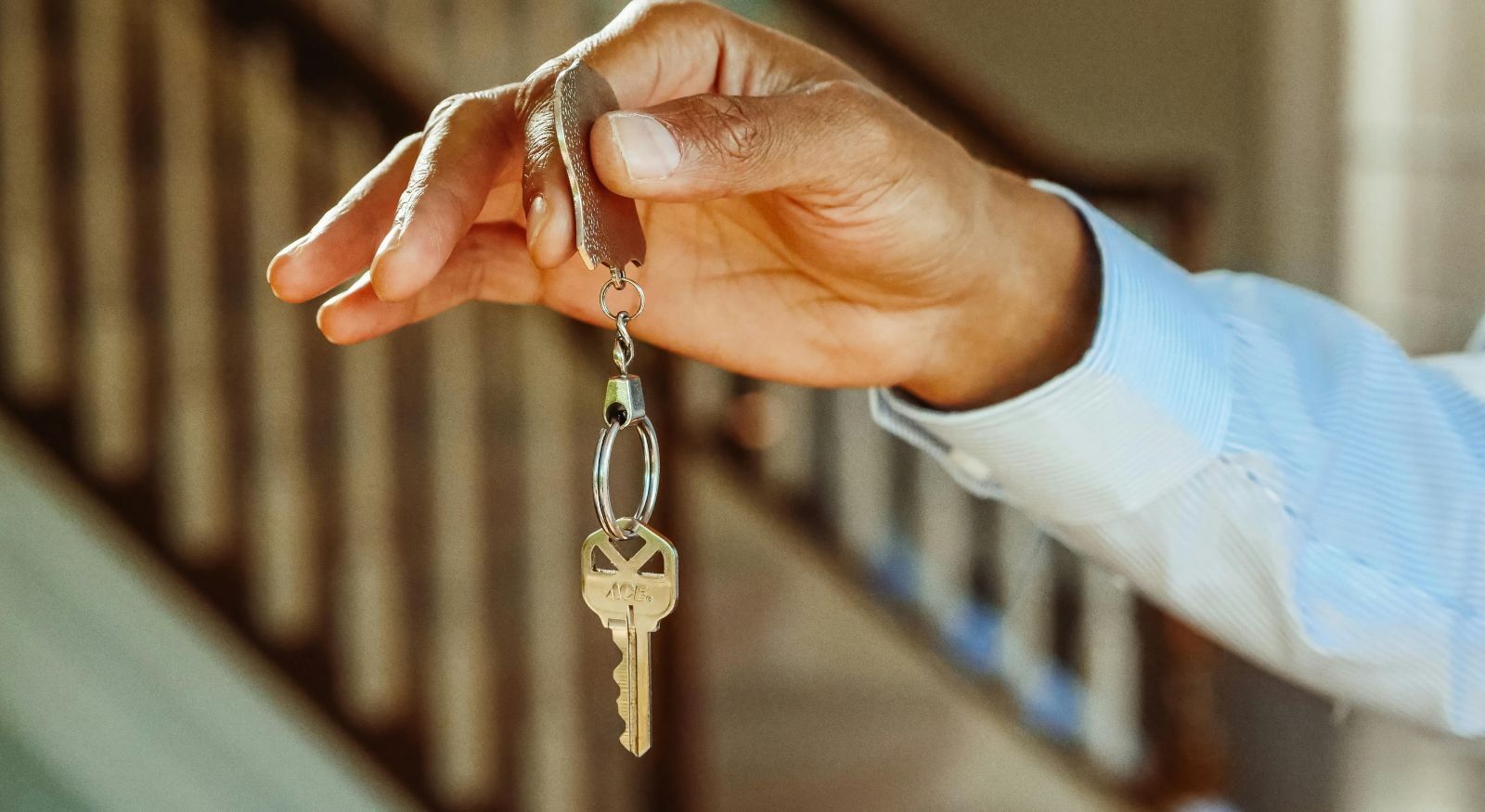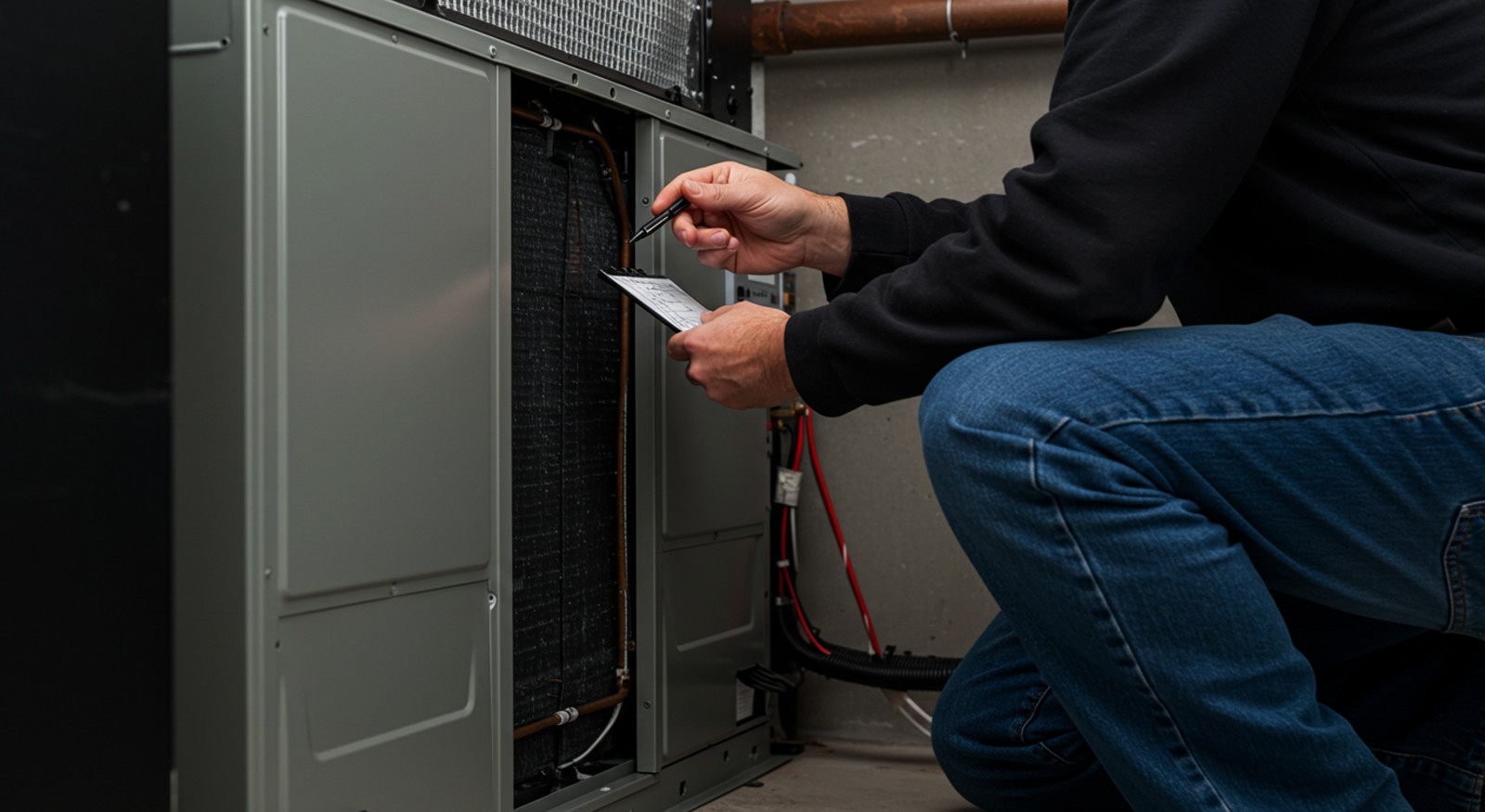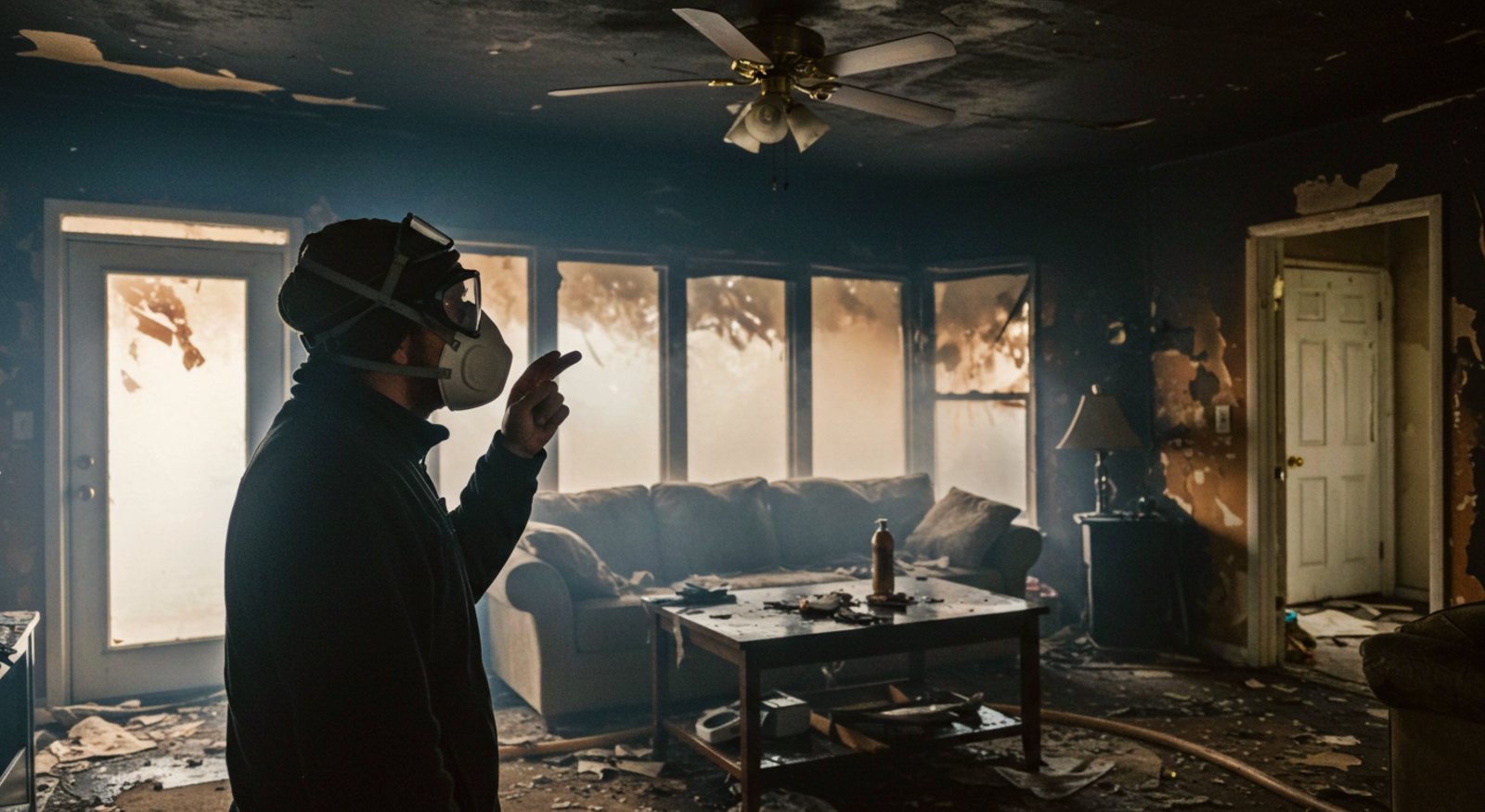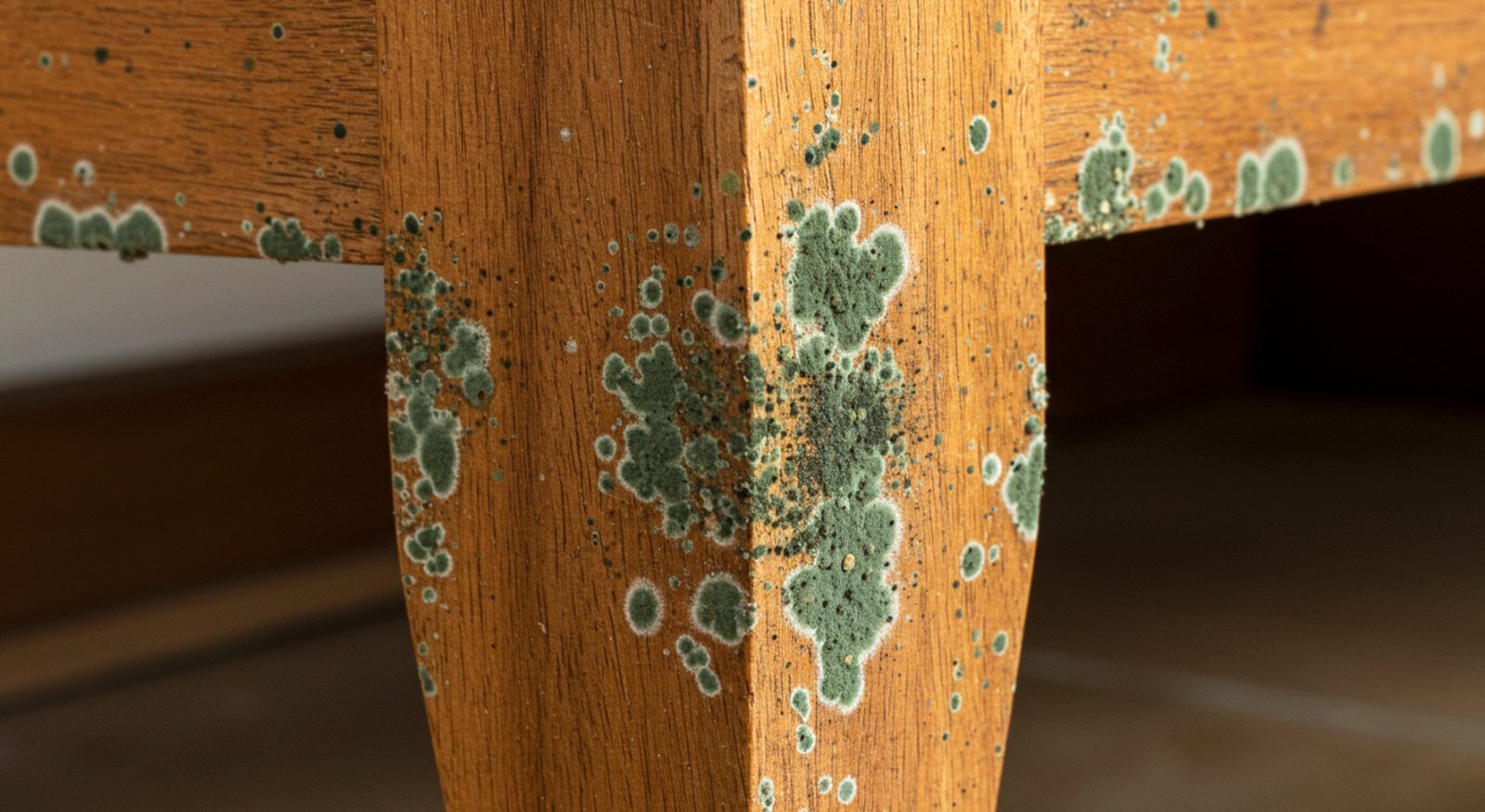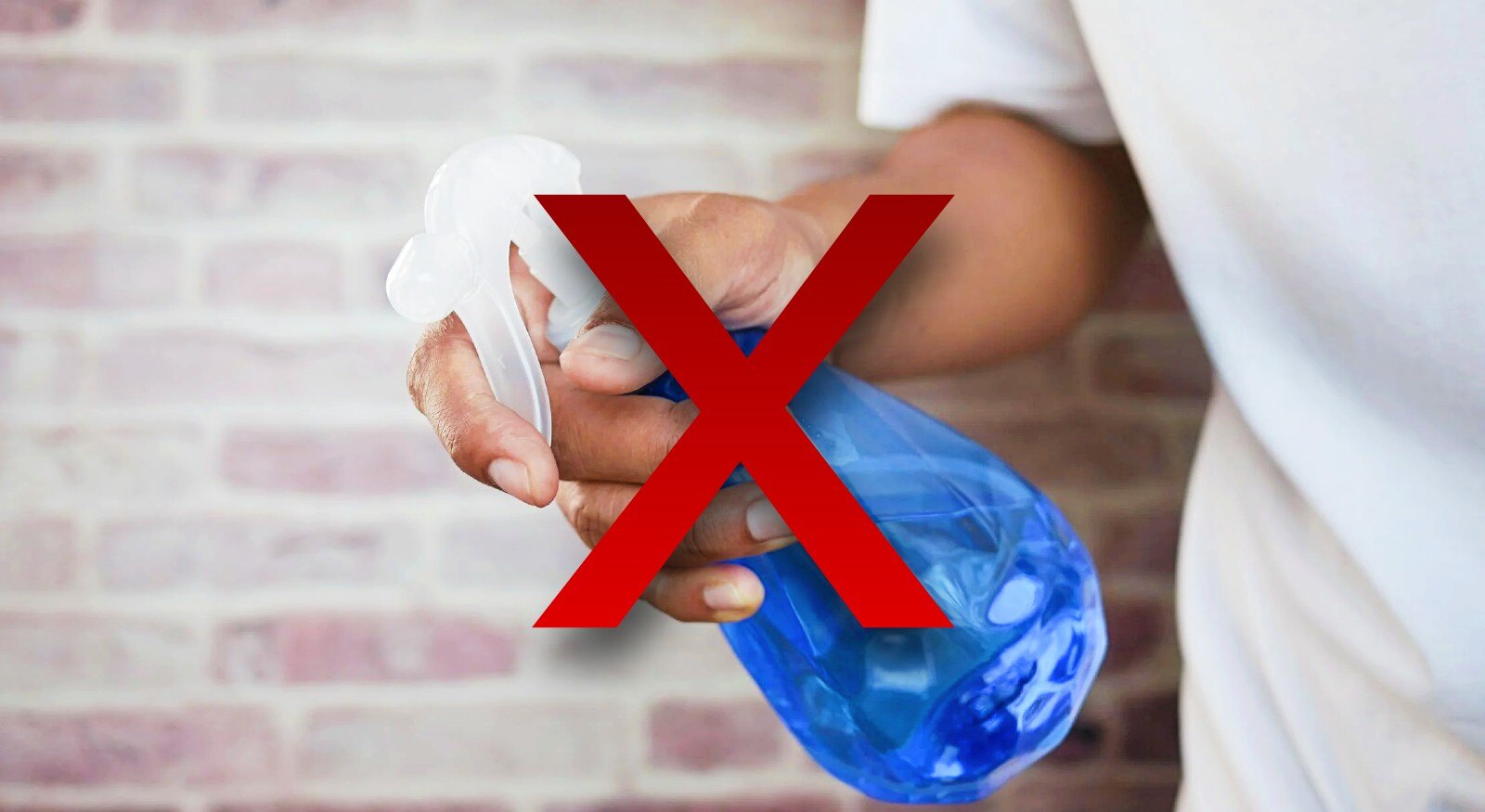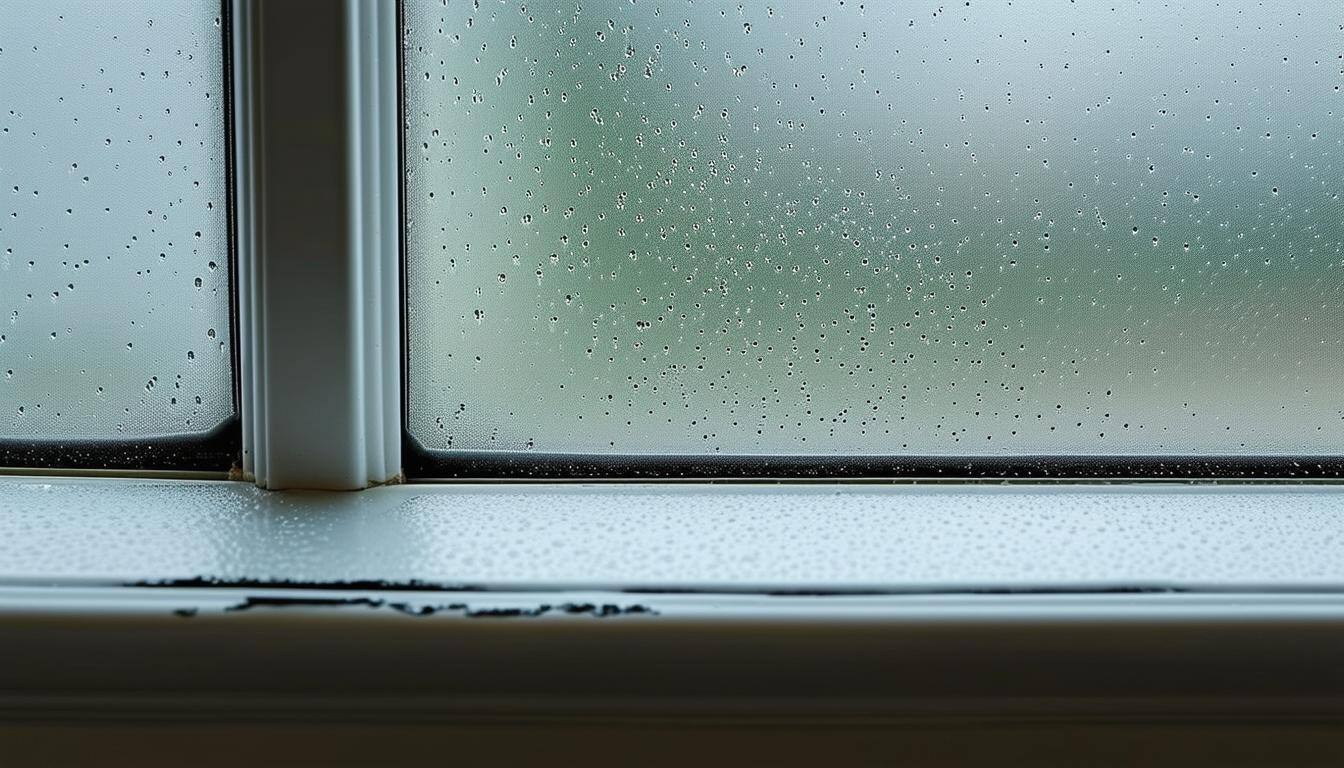How a Small Home Fire Can Lead to Water Damage and Mold
October 24th, 2025
4 min read
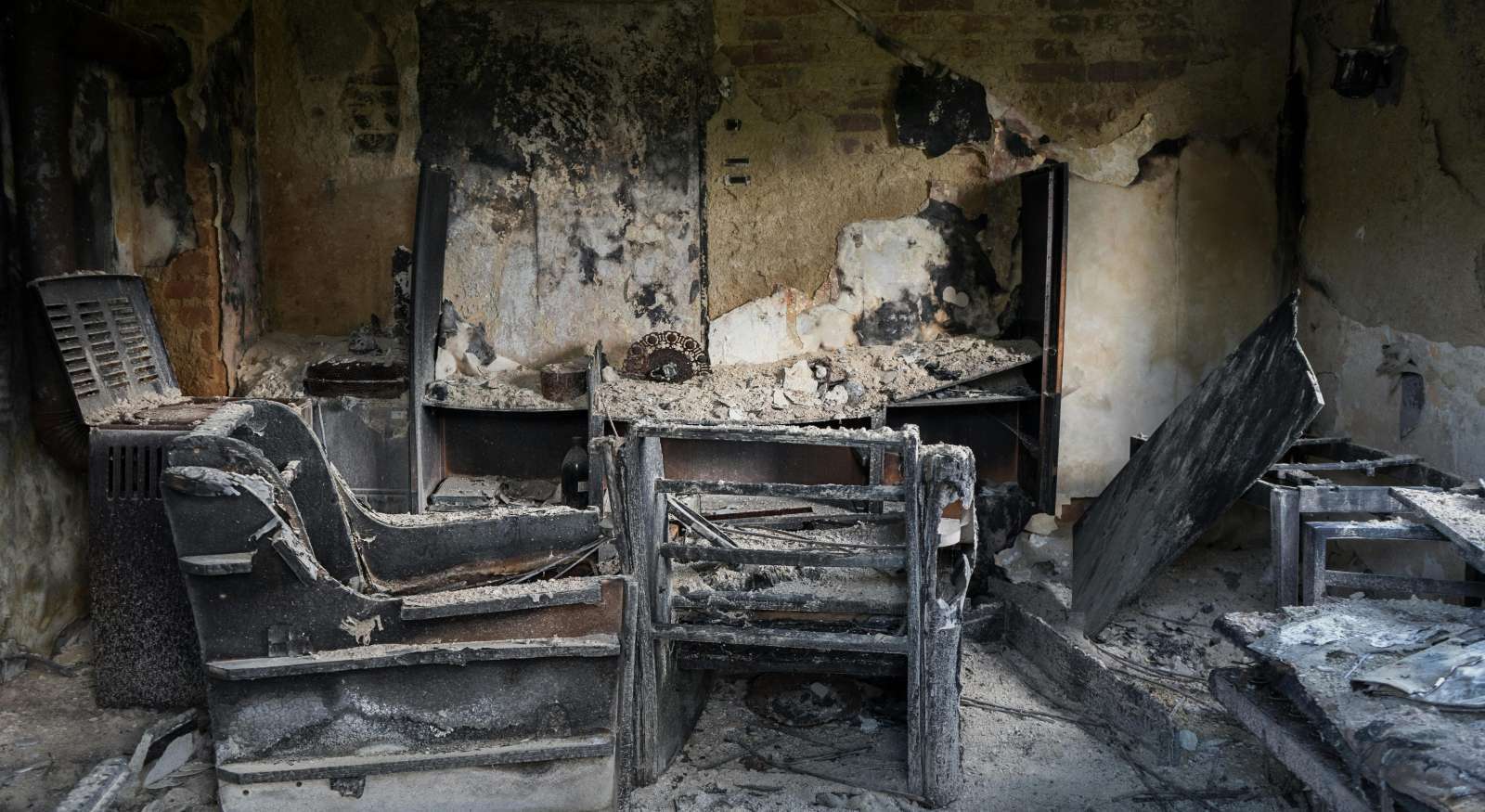
Sarah is cooking in her kitchen when she gets a phone call. It was an old friend from high school, Susan, who contacted her for a potential reunion. As they talk and reminisce about the good old days, a smell alerts her. It's the kitchen. She completely forgot about turning off the stove. She rushes to the extinguisher and puts out the flames. The emergency is over... or is it?
This is a common story that can happen to you. And if you think, like Sarah did, that once the fire is over, so is the danger, you should reconsider. In reality, it's only the beginning.
Having worked with hundreds of families in El Dorado and the surrounding areas, we have helped many recover from fires. One of the many things we teach people is that a disaster chain can develop even after the fire is out.
The truth is that fire sets off a sequence of problems, such as smoke and soot, water (from firefighting efforts), and mold. One problem can lead to another, and if you don't address it early on, both your home and your health could be at risk.
Let's walk through what really happens after a fire, and how to break that chain before it's too late.
Phase 1: The Fire Is Out... But the Damage Isn't
Think about the words "fire damage". What kind of images come to your mind? If you are like most people, you will probably picture stuff like charred wood or burned belongings. While that is the most visible part of the damage, it's only the beginning of the story.
Smoke is a silent (and often forgotten) threat. This cloud of tiny, unburned particles will land on surfaces, creating soot. This chemical is acidic and very corrosive, and with enough time, it will damage everything it touches, including:
-
Plastic surfaces, which can discolor.
-
Metal fixtures that can corrode.
-
Glass and porcelain that lose their shine and look cloudy.
-
Fabrics and carpets will not only absorb smoke odors but also damage their fibers beyond repair.
This is already a problem; however, there is more. Hot air will carry the smoke to cooler areas of your home, causing it to disperse rather than stay in one place.
Smoke will travel to different areas of your home, leaving behind soot damage. Think of your upstairs bedrooms, closets, bathrooms, and the living room. All these rooms, along with your belongings, will be affected by chemical damage if you don't act quickly.
This is the first link in the chain.
Phase 2: The Water Damage You Didn't See Coming
Here's something most people don't expect: the same water that saves your home from the flames can also damage it.
Firefighters use a lot of water to put out even a small blaze. A single hose can spray hundreds of gallons per minute. By the time the fire is under control, thousands of gallons may have soaked into your walls, floors, and ceilings.
That water doesn't just disappear. It spreads. It seeps through the floors, gets absorbed by drywall, and runs down inside your walls. It saturates the wooden beams that make up your home's frame and pools in your insulation.
Now, instead of just a fire problem, you have a massive water damage problem. Without immediate, professional drying and dehumidifying, the second link in the chain forms, and the next phase begins.
Phase 3: The 48-Hour Countdown to a Mold Outbreak
Once water gets trapped inside your home, the clock starts ticking. According to the Environmental Protection Agency (EPA), mold can begin to grow on a damp surface within 24 to 48 hours.
Mold spores are always floating around in the air. Normally, they are harmless. However, when they land on damp materials, such as wood, drywall, or insulation, they come to life. And they spread fast.
After a fire, your home is the perfect environment for mold to grow:
-
It’s moist from all the water used to put out the flames.
-
It’s full of organic material that mold loves to eat.
-
And it’s dark, especially inside walls and under floors.
If the moisture isn't addressed quickly, mold will take over, leading to a potential massive outbreak. This is the third link in the chain — and it’s often the most dangerous one.
Why You Need More Than a Simple "Fire Cleanup"
After suffering a home fire, many homeowners make the mistake of thinking their home just needs some cleaning. After all, the damage wasn't that bad, and once the soot is gone, there shouldn't be a problem, right? Wrong.
While a simple cleanup (either DIY or through a cleaning company) seems like the most cost-effective solution, it's actually more costly in the long term.
As we mentioned before, you need professionals who know how to remove soot from building materials and objects. They should also have the experience and tools (like moisture meters) to mitigate and find all the hidden water damage. Finally, they must be prepared to deal with mold should it be present in the home.
How Professional Restoration Services Break the Chain
To prevent or recover from a disaster chain reaction, you need an integrated approach. A professional restoration company should present you with a solid recovery plan. This will serve as a guideline encompassing all the action items to handle all three phases of the disaster: the fire, the water, and the potential for mold.
When a true restoration professional arrives, they don't just see the fire damage; they also see the underlying issues. They see the entire chain reaction. From the very first inspection, they are:
-
Assessing the Fire and Smoke Damage: Identifying what can be saved and what needs to be replaced, and creating a plan to remove the acidic soot.
-
Detecting and Mitigating the Water Damage: Using specialized equipment to find every last bit of moisture, even inside walls and under floors.
-
Preventing the Mold Outbreak: Immediately starting the water extraction and structural drying process using powerful vacuums with HEPA filters to stop mold before it can even begin.
By tackling all three problems simultaneously, an integrated team ensures that the disaster is truly resolved. You get peace of mind knowing that your home is not just clean, but also dry, healthy, and safe for your family.
Call Restore-It and Stop the Chain Reaction in Its Tracks
Having a fire in your home is quite a scary event. Even a small one can shake your sense of safety. It's completely normal to feel overwhelmed and unsure of what to do next. But that's why it's so important to remember you don't have to face it alone.
Restore-It has been helping Arkansas homeowners through these moments for years. We understand the stress, confusion, and fear of potential further damage later on. And we are here to help: our team is ready to take care of everything, so you can focus on getting back to normal.
If you've had a fire in your home, even a small one, don't wait to see what happens next. Acting quickly is the best way to protect your home and your health.
Call Restore-It today for a complete fire damage inspection. We'll stop the disaster chain reaction in its tracks and make sure your home is safe, dry, and restored the right way. Your home and your peace of mind deserve the best care.
Topics:






